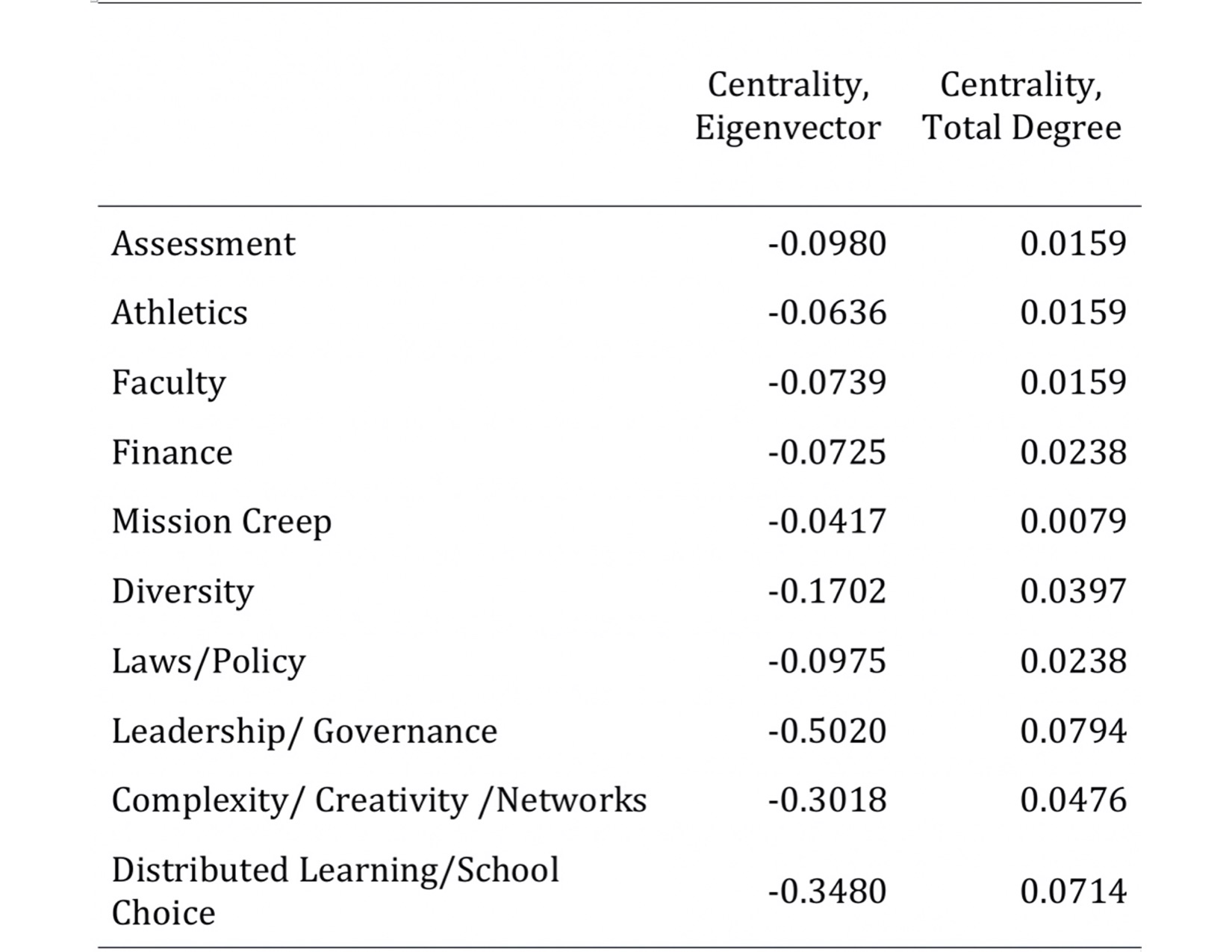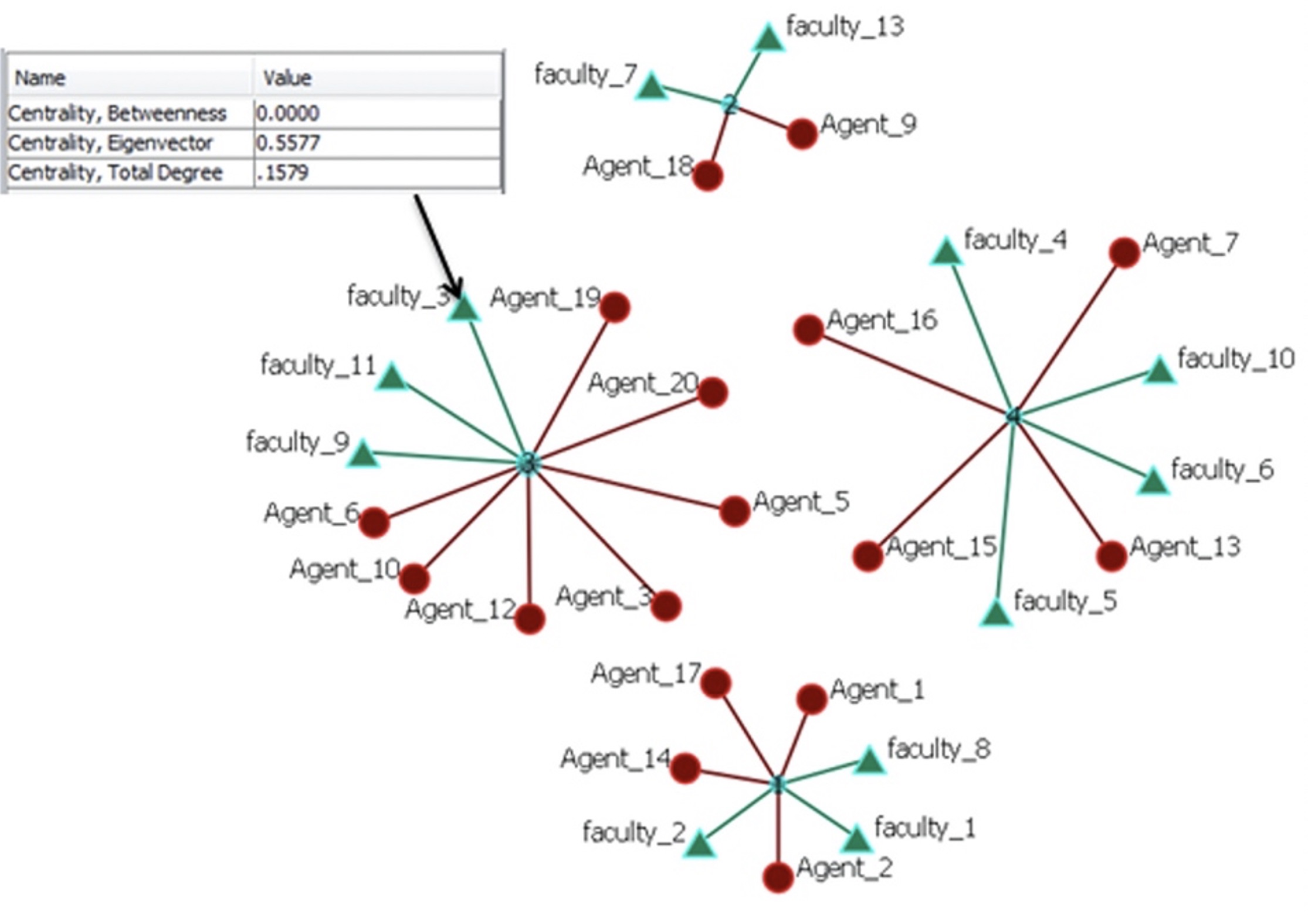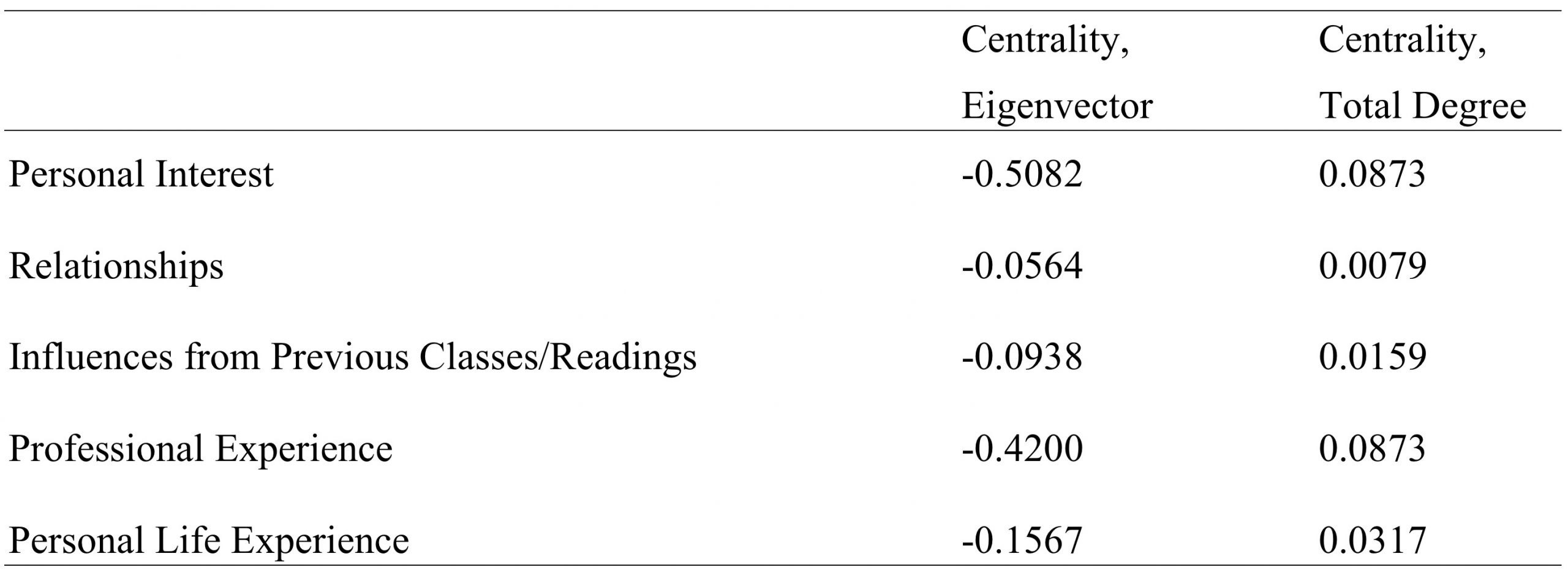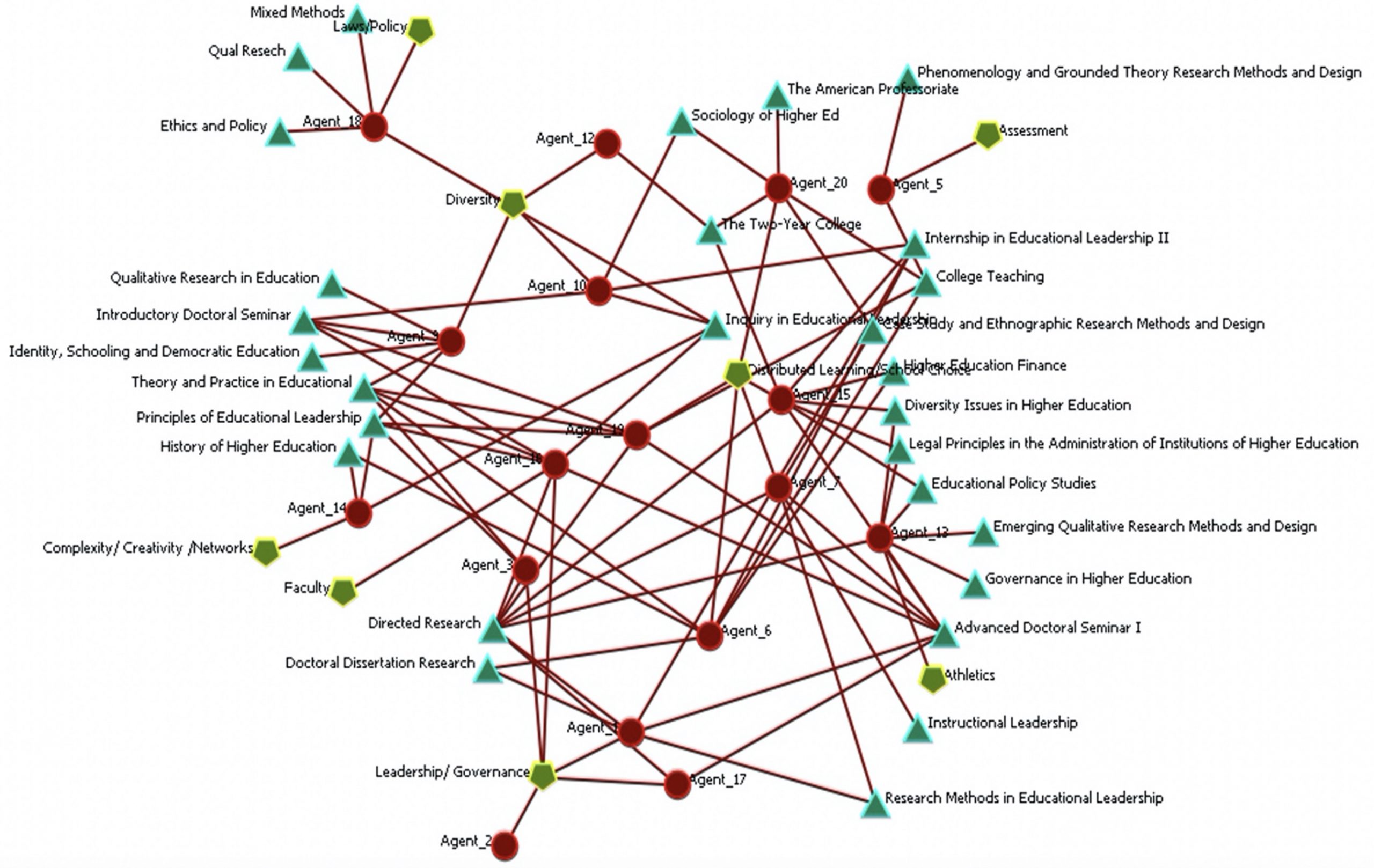10 The Network Interactions Between Doctoral Students and Their Chairs in Determining Their Dissertation Topics
Anthony Olalere
The dissertation work of doctoral students is significant in several respects. It is the climax of a student’s ability to carry out original independent research. It is the apogee of years of study and reflects the depth of development in students’ technical, analytical and writing skills. This brings to bear the relationship between the student and their dissertation chair. Much more is that the student’s dissertation work and the department’s doctoral program have a great impact on accreditation bodies in the assessment of institutions (Isaac et al., 1992; Katz, 1997). Therefore, the reputation of the chair and the department’s doctoral program are at stake as a result of the quality of the students’ doctoral dissertation work produced. As for the student, their dissertation work not only influences their future research focus but may play a vital role in establishing a career in academia. It is with these matters in mind that the process of selecting a dissertation topic is critical to the student, the chair and the department.
This paper considers the various network connections related to the selection of the students’ dissertation topics using the tool of Dynamic Network Analysis (DNA). As a tool of analysis, DNA studies “how entities are constrained and enabled as they interact and the process that lead to change in the interactions” (Carley, 2010, p.7). Through meta.matrix and multi-agents, DNA creates a dynamic social network that allows people, knowledge, tasks, and other groups to co-evolve. This tool was deployed to examine the influences that determine doctoral dissertation topic selection and to understand the various interactions between variables identified as agent, task, knowledge and resource and how this shapes their choice of topic.
Data was collected from 20 doctoral students in an education leadership class in the south east of the United States. In all, 17 surveys were returned using Qualtrics (an online data collection tool) and analyzed using the Dynamic Network Analysis tool called Organization Risk Analysis (ORA). The features of ORA used to analyze the data were Newman Grouping, centrality betweenness, cognitive demand, knowledge exclusivity, resource exclusivity, eigenvector centrality, and total degree centrality.
Result of the Analysis
The beauty of Dynamic Network Analysis is its capacity to determine network relations and interactions among agents. Figure 1 below identifies Agents by Research Topic. This explains the interactions between agents, chairs and their research interests. The result revealed that the most connected research agenda was the Leadership/Governance and Distributed Learning Network research agenda. Figure 2 measures Agents by Faculty Influence. In other words, who the students are most influenced by in connection to faculty. The result shows the interactions between students and their chairs using the centrality Eigenvator (this measures influence of knowledge that no one else possesses). Faculty 3 (0.055) and 8 (0.037) influenced students the most. Figure 3 measures Agents by Factors. Factors here represent constructs that influenced them the most in choosing their research topic. The most influential are personal interest (0.50) and professional experience (0.42) from classes attended. Figure 4 shows Agent by Class Influences by Research Topic. This represents the networks of class influence by research topic with Leadership (0.50), distributed learning (0.34) and complexity and creativity (0.30) having the highest rates of influence.
Figure 1 The Measurements of Agent by Topic

Figure 2 Agent by Faculty Influence

Figure 3 The Measurements of Agent by Factors

Figure 4 Agent by Class Influences by Research Topic

Olalere, A. A., De Iulio, E., Aldarbag, A. M., & Erdener, M. A. (2014)
Conclusion
In dissertation topic selection, students’ understanding of factors to consider will be instructive to include in the doctoral student orientation and advising to eliminate the stress and confusion this can create. Students are influenced by more than one single factor in selection of their dissertation topic however, some factors are just weightier than the other.
References
Carley, K. M. (2010). ORA: Organizational Risk Analyzer, Version 2.0, January 2010. Pittsburgh: Carnegie Mellon University.
Isaac, P. D., Quinlan, S. V., & Walker, M. M. (1992). Faculty perceptions of the doctoral dissertation. The Journal of Higher Education, 63 (3), 241-268.
Katz, E. L. (1997). Key players in the dissertation process. New Directions for Higher Education, (99), 5-16.
Olalere, A. A., De Iulio, E., Aldarbag, A. M., & Erdener, M. A. (2014). The dissertation topic selection of doctoral students using dynamic network analysis. International Journal of Doctoral Studies, 9, 85-107. Retrieved from http://ijds.org/Volume9/ IJDSv9p085-107Olalere521.pdf
